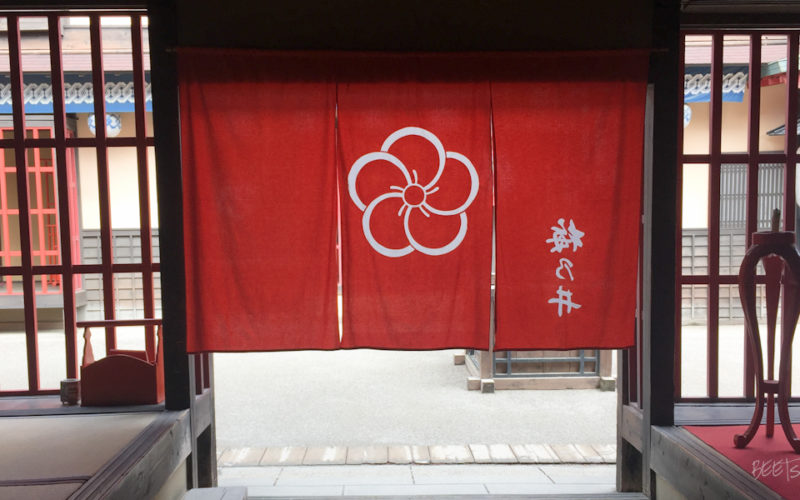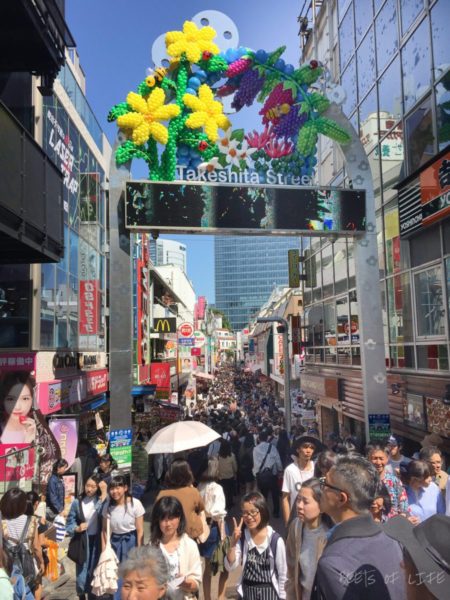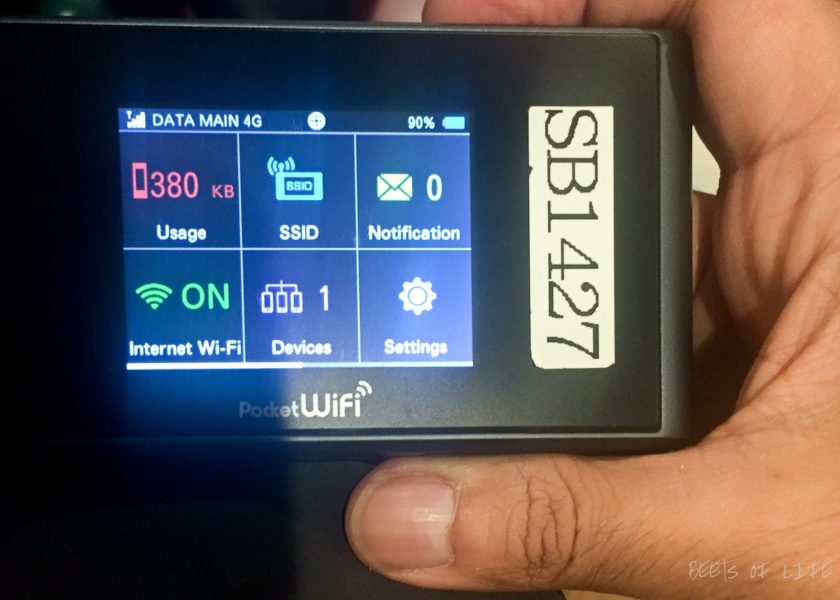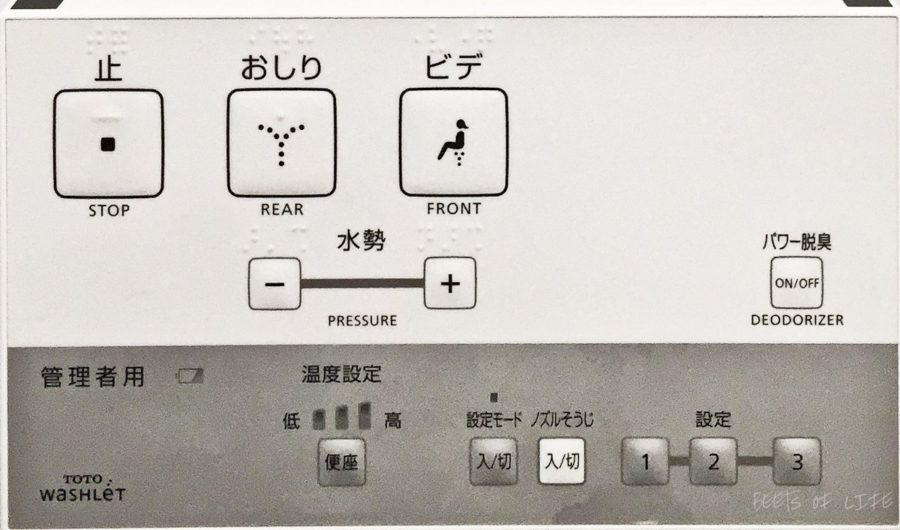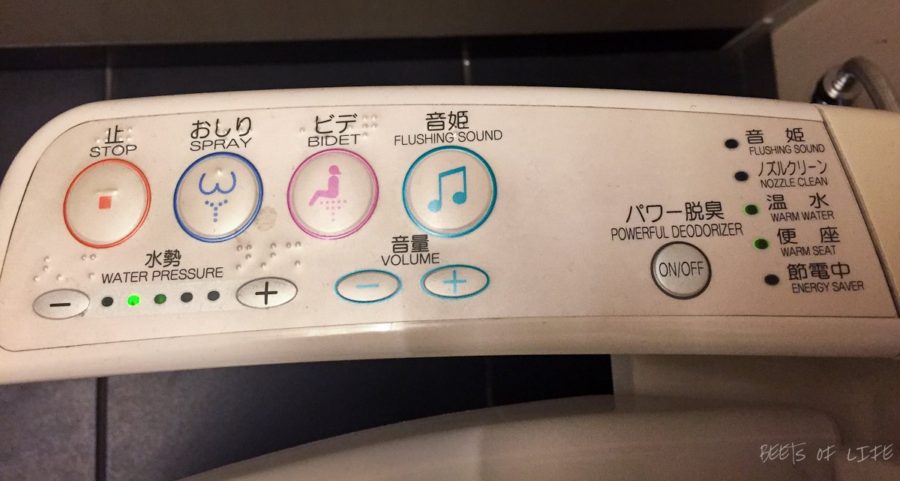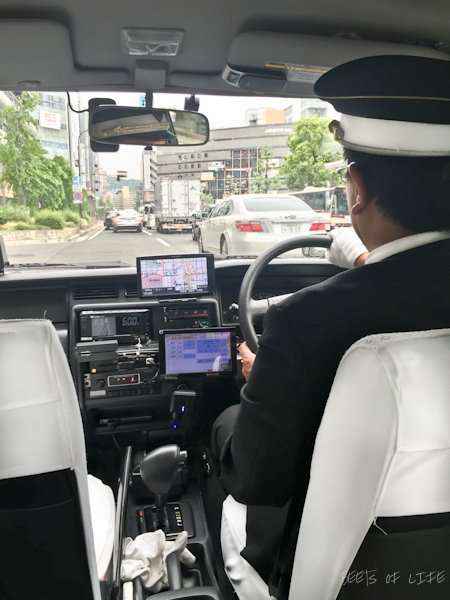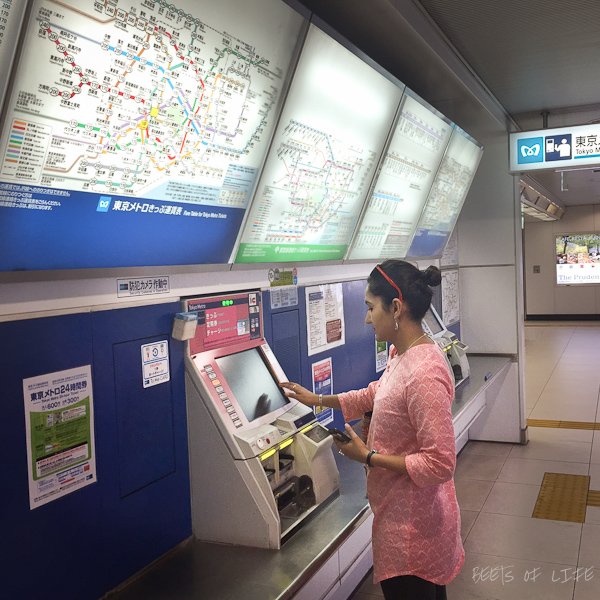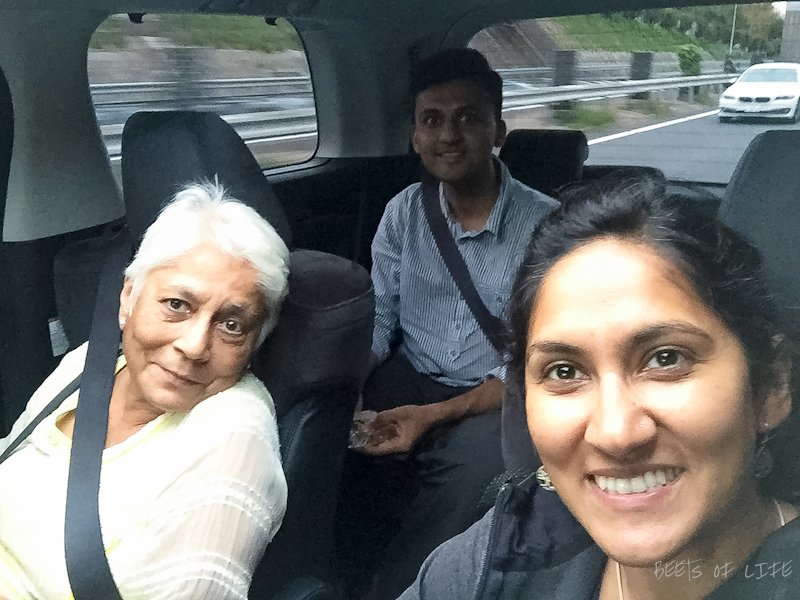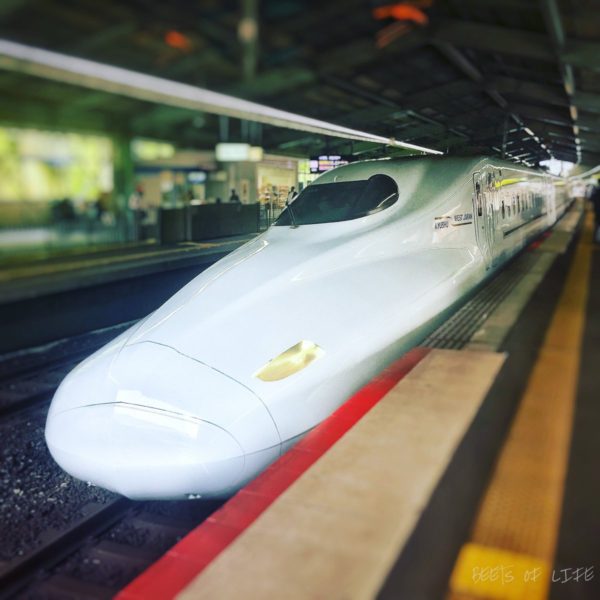Ultimate Travel Tips for Japan
For some, Japan can be an overwhelming country to plan a trip to. Although it is a developed nation, it has a very different culture. And then there is the language barrier, with less than 1% of the population speaking English fluently. Whether you are still planning your trip or have already booked your tickets to Japan, here are some tips that can make your visit more enjoyable. Some of these were gathered from prior research, some on the road and others as we reflected on what could have made our trip easier.
If you are still considering Japan as a destination, here are 10 reasons why we think you must add Japan to your travel plans!
The Ultimate Travel Tips for Japan, by category:
Planning
If you are first-timer and a vegetarian, stick to the popular touristy route
Japan may look relatively small on the map, but it has a lot of varying experiences to offer. One can go north to the Japanese alps, or west to Hiroshima. One could stick to the bigger cities of Tokyo or Kyoto, or head to one of the numerous islands. A couple of great websites to help plan and research are the Japan Guide and the Japan National Tourism Organization. As vegetarians, we knew that going to some of the smaller cities would be very hard as we most likely would not find anything to eat. So, for our first trip we decided to stay on the popular touristy route and visited Tokyo, Hakone, Kyoto and Hiroshima over 14 days.
Avoid the “Golden week”
We happened to be in Japan during the “Golden week”, a span of five consecutive holidays in Japan. It’s no surprise that things are usually a little more expensive during this time, roads are packed with people and cars and places are extremely crowded. A few of the restaurants we were hoping to eat at were closed, since people tend to go home for the holidays. If possible, avoid the last week in April and first week in May.
Have a day to day itinerary for the visa office
Make sure to carry a day to day itinerary when applying for the visa. It can be a tentative itinerary, however, make sure to cover all the days you intend on traveling. As Indians we can visit Japan for a month, however, since our itinerary was for 15 days, that’s how many days our visa was issued for.
For more details on our experience with the visa process in India check out the Visa section in our Travel Guide for Japan.
Since our experience is only with the Indian consulates, this tip may only be applicable to applying in India. If you applied for your visa in a another country, comment below to share your experience.
Pad your trip with some of the unique experiences that Japan has to offer
Japan has a lot of unique and unexpected experiences that you may not find in the rest of the world. When planning your trip, make sure to check out some of the following:
- Visit a matsuri (festival): These usually happen only once a year, and provide a very different way to see the country. We were in Japan during the Shibazakura festival and were so glad we could do the Mount Fuji and Shibazakura festival tour.
- Ryokans (traditional inns) and Onsens (public baths): We loved the one we stayed at in Hakone, and highly recommend the experience. It can be expensive but it’s definitely worth the splurge. So plan for at least one day if your budget does not allow for more.
- Visit Toei Kyoto Studio Park where many period dramas are filmed. After visiting 8 temples (plus a castle) over 5 days, we were close to getting “templed out” and were glad to explore “non-temple or shrine” type attractions. Here are some of the alternative activities we visited while in Kyoto!
We were happy to pose with a lady dressed as a Geisha! - Walk around: Make sure to have some “down” days where you only plan to aimlessly walk around and explore a neighborhood. The country has a lot of character, and slowing down will help see a very different side of the country. One of our favorite memories of Japan is stumbling upon a bar in Hiroshima. We ended up chatting with the bartender and patrons, over shochu and sake. Through this experience, we got to know so much more about the country, it’s people and the expat life. No travel guide is going to be able to communicate that.
Logistics
Bring lots of cash or a good ATM card
In spite of all it’s development, Japan is still behind on the ubiquity of credit card acceptance. It is highly recommended that you bring cash with you and carry enough throughout your travels. We personally don’t like having a lot of cash on us, and instead recommend opening a Charles Schwab investor checking account (applicable for US only). The ATM card you receive after opening this account refunds any fees you incur (must be a separate fee, and not included as a part of your cash transaction). The account also provides an exchange rate that is equivalent to and sometimes better than what you would get if you were to exchange your money in Japan. It takes a few business days for the money to be transferred to your account and be available for withdrawal, so make sure to transfer money into the account well in advance. You can use the code “REFER61L52” to get a $100 bonus.
Download the following apps
As mentioned above Happy Cow is an obvious choice for vegetarians and vegans. We also found some of the following apps extremely helpful during our travels:
- Transportation: Google Maps was great for getting around. Or, Maps.me to download and use maps while offline. Hyperdia was extremely useful for train timetables and routes. We also used Uber. However, this only works in Tokyo.
- Communication: Google Translate came to be handy for on the fly translation. I remember we had bought tickets for a particular route only to find out that we could have used the JR pass between the stations. We tried to explain to the station agent that we needed to refund the tickets. Our entire 20 minute back and forth happened on Google Translate. Unfortunately, by the end of it, we realized that it was not worth it to refund the tickets, but it was a win for Google Translate.
- Research: Trip Advisor was useful for finding touristy destinations and reading reviews ahead of time.
- Accommodation: We always use either Airbnb, Booking.com or Agoda. They almost always have the best prices on the web.
- Tours: We booked most of our tours via an agent since we decided on Japan a week before departure! In addition, since Mumma Vora was traveling with us, we wanted to ensure that the tours were senior citizen friendly. We did end up paying a HUGE premium, hence it’s better to book directly online or, for the more adventurous, once you reach Japan. We’ve heard good reviews from people who have used Viator and Voyagin.
Learn these key phrases
Very few Japanese people are fluent in English. Furthermore, even though many Japanese people know English, they are not always confident speaking it or comprehending someone who is used to speaking it fluently. It always helps to know a few key phrases in Japanese, especially, if like us, you tend to hang around in a particular destination for a while. It will definitely help make the communication a lot easier and friendlier.
You can get to know a lot of phrases, using a simple search on your favorite search engine. One particular one we found very useful in Japan was sumimasen (sue-mi-ma-sen), which is used for saying “I’m Sorry”, “Excuse Me”.
Get a mobile hotspot or pocket wi-fi
Mobile hotspots, also called pocket wi-fi, are a great way to stay connected on the go. It’s pretty easy and inexpensive to rent one, and we know that they also deliver to airports, so you can always pick it up soon after landing. This works out much better than getting a SIM card (which is usually cheaper) since multiple people can connect to the same device. (We have found that using personal hotspot on a SIM card can be a huge pain). It was a great way for the three of us to stay connected. An added bonus was that the device can be charged through our USB power bank. We would usually make sure to charge it overnight, and it would last us through the entire day.
Figure out where you are eating on the first day, especially if you are vegetarian
It’s no fun having to look around for restaurants the day you arrive. And if you happen to be vegetarian, the options are few and far in between. All is not lost and there are techniques for traveling Japan even if you are vegetarian.
Familiarize yourself with the toilet system
It may come as a surprise to some that Japan has awesome toilets. There are buttons, warm seats, bidets, etiquette music … lots to do as you take care of business. Most places have instructions in English, but some might be entirely in Japanese. So it’s important to familiarize yourself with the buttons, to avoid getting accidentally sprayed.
Don’t leave tips
You are not required to tip anywhere in Japan. In fact, some people and establishments might actually consider it as an insult if you tip. After one of our taxi rides, we happened to leave 10 Yen (approximately 0.10 USD) change for the cab driver. However, he would have none of it and insisted that we take it back. They will just not accept extra money.
Transportation
Apply for the JR pass and get the exchange order in time for your trip
Train tickets can be pretty expensive and the Japan Rail Pass (JR pass) is a great way to save money if you are going to be traveling through multiple cities in Japan. We were going to be in Japan for about 2 weeks and the hefty price tag of the JR pass turned out to be a discount since we were visiting more than 4 cities (one of which was a round trip from Tokyo to Kyoto). Here is a handy tool to help figure out if the JR pass is worth it.
If the JR pass makes sense for you based on your itinerary make sure to get it early, at least couple weeks before your departure date.
The process for obtaining a JR pass is as follows. You have to first procure the JR pass exchange order from a participating website (we ordered ours from JRailPass) before arriving in Japan. Once they process the order, they mail out the exchange order to you. Receiving the exchange order can take at least 3-4 business days, so it’s best to order it well in advance. Furthermore, it’s important to note that you cannot obtain the pass when you are in Japan. It’s only available to tourists and you have to be in possession of the exchange order prior to getting to Japan.
Once you have the exchange order, you can go to any JR office in Japan to exchange it for the actual pass. Just remember to carry your passport. We got ours at the Tokyo station and it took about 10 minutes.
Note that certain trains are not included when traveling using the JR pass. Google Maps shows you all the train lines including the ones that are not included. It is better to switch to the Hyperdia app, since it has a special search option that only looks at JR pass travel.
Take a taxi
Yes, taxis can be pretty expensive in Japan. However, like us if you are traveling as a couple or a threesome, it might make sense to get one. It would definitely entail less walking, and may possibly turn out to be cheaper. Hailing a taxi is pretty easy. Just like other cities, you simply need to stick your hand out. Have the destination preloaded on Google Maps, since a lot of the drivers don’t understand English.
Familiarize yourself with the metro system
We had heard a lot about the metro system in Tokyo. Especially, about how well it’s connected and how easy it is to navigate. Yes, the city is extremely well connected but we did spend “some” time (and walking in wrong directions multiple times) understanding the system. It is pretty complicated compared to even the NY or Seoul metro systems. It helps to know that even if a train station serves the JR line and the local metro line, it could be in two completely separate parts of the station. In Tokyo station, the local line is separate from the JR line, and you have to go through separate booths.
Stay close to a train station, preferably on the JR line
A few times we were pretty close to a JR station and found it very useful to get around the city or to take the Shinkansen out to our next destination. Although the cost for the metro is not very expensive (it’s about USD 2 for one ride per person), it’s a lot cheaper – free – if you have the JR pass and are staying close to the JR station. It also reduces the number of transfers, as you are headed to your next city in Japan (especially helpful if traveling with a senior citizen).
Take the Skyliner for getting from Narita Airport to Tokyo
Our tour company had included a pickup from the Narita airport, so this wasn’t critical to our travel. However, based on our experience traveling, we have realized that it helps to know from before how you are going to get to your hotel and how much it will cost. An email to the hotel, is a great way of finding this out. For travelers okay with taking public transportation, the Skyliner is a great way to get from Narita to the Ueno station (on the JR Yamanote line and well connected to the rest of Tokyo).
Make JR reservations for longer journeys
It is possible to make reservations on the JR lines before hand. We recommend it especially for longer routes. In a few instances, all the reserved seats were taken, so we had to make sure we got to the station early. It helped to be one of the first people standing in line for the unreserved car.
As like most processes in Japan, the process for making a seat reservation is pretty straight forward. Just visit any JR office, and let them know which train and time you want to travel. They will issue you a ticket. You can cancel and change the reservation time if you don’t think you are going to make it. There is some debate on how many times JR pass holders are allowed to change their reservation, but you can definitely do it at least once. If you will not be able to make the reservation, let the JR office know, so they can cancel your ticket.
Packing
Pack comfortable shoes for walking
Japan is very well connected through its train service but one huge drawback is that some of the stations are huge and require a tremendous amount of walking. We were traveling with Mumma Vora, and she sometimes was struggling just to get out of the station. Furthermore, it wasn’t always easy finding an escalator or an elevator which meant longer walks or resorting to taking the staircase – which is troublesome for someone with a bad knee.
Outside of stations, a huge appeal of Japan is to walk around it’s neighborhoods. Keyword here is walking! Make sure to pack your comfortable shoes.
Travel as light as possible
We recommend packing as light as possible for your journey. Getting in and out of train stations requires considerable amount of walking, and with less luggage is will be easier. Trust me, you will be just fine without those three extra pairs of pants! We travel only with one 40L carry-on backpack and a small personal bag each.
Carry presentable socks, a good scent, or footwear that’s easy to take on and off
Most places in Japan will require that you take off your shoes when you enter. It’s not applicable for convenience stores etc. but a few restaurants have had us take off our shoes. Be prepared!
Pack a reusable trash bag
Do not litter. It is not acceptable to throw your trash anywhere you feel like. And often, believe it or not, you will not find any trash cans. Instead, you will see signs in to take your trash home. So it’s important to carry some sort of trash bag (preferably something you can wash and reuse) with you.
Bring sunscreen
The UV rays is Japan are pretty strong, and we highly recommend wearing sunscreen (yes, even on a cloudy day!). It’s just good practice people!
Probably, one of the most important travel tips for Japan is to “take it easy”. There are lots of tips, and lots of research on how to maximize and optimize and economize your trip. You may feel rushed, because there is a lot to cover, and you may not have enough time. The best way to enjoy Japan is to take it easy, stay in the moment and appreciate all that it has to offer.
Hope our travel tips for Japan help you with your visit to the country. If you have found anything else that could be useful, make sure to comment below to share your experience!

